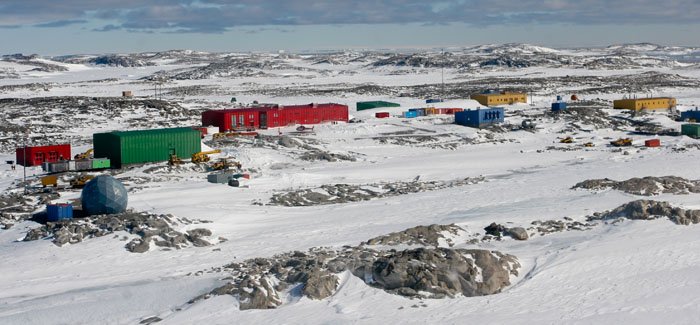AAD Looks to Highlight and Share the Surgical Experiences of Tradies
It was a very terrible situation for Dr Cathryn O’Sullivan when she was involved in an accident around 3,400 km. away from Hobart. And in an unreal and unusual situation, she was treated by tradies. It is a common situation for any doctor who agrees to be a doctor at a remote Australian Antarctica base. The situation becomes very grim when the entire team must live in isolation for nine months in the winter.
According to the Australian Antarctica Division (AAD), this is the common situation they face in such an extreme environment. The division is using different kinds of machinery and other alternatives to deal with such situations.
The Incident
When Dr O’Sullivan made her first trip to Antarctica in 2015, she was the sole generalist doctor at Casey Station. However, it was after a minor car accident when she herself needed immediate medical attention.
In this accident, she broke a bone in her hand, and it was out of place and needed to be put back into place. As the accident took place in the middle of winter, the possibility of evacuation was completely ruled out. And to make the things worst, the fracture was in her right hand, which ruled out the possibility of self-treatment.
After a telehealth hook-up with a Hobart-based hand surgeon, the severity of the injury was diagnosed that determined the fracture would have to be treated in Antarctica.
The Tradies
Interestingly, Dr O’Sullivan was not the only one onboard with some medical training. In a routine practise, in Antarctica, they have lay surgical assistants. There were around four normal tradesmen or technicians who are involved in other jobs, such as plumbing, electricals and so on.
These tradies or technicians had to undergo a two-week training at the Royal Hobart Hospital on the surgical procedures, how to assist doctors in surgery and how to deal with a situation when someone needs immediate medical care.
Dr O’Sullivan had also done monthly training sessions with her tradesman students. These students were trained on putting plasters on, X-ray systems and other surgical procedures.
The Road to Recovery
As Dr O’Sullivan was out of action, these tradies were tasked with some of the specialist medical procedures. They were guided by an anaesthetist and hand surgeon. Sitting in Hobart, these experts watched and monitored the whole process through a live video link-up. They were closely monitoring her vitals like blood pressure and heartbeat.
Dr O’Sullivan was able to recall the whole incident and how she was treated by her tradies. To begin, they first injected anaesthetic into her twist to make her hand numb. Later, they put the bone back into place, then plastered it up. Finally, it was time for X-rays. These X-rays were sent to Hobart for immediate assessment. Finally, her hand was fully recovered, and she saw out her time at the base.
The Experience Shared
The AAD is working dedicatedly to share such expertise, technological innovation and experiences with other remote areas by establishing the new Centre for Antarctica, Remote, and Maritime Medicine (CARMM).



